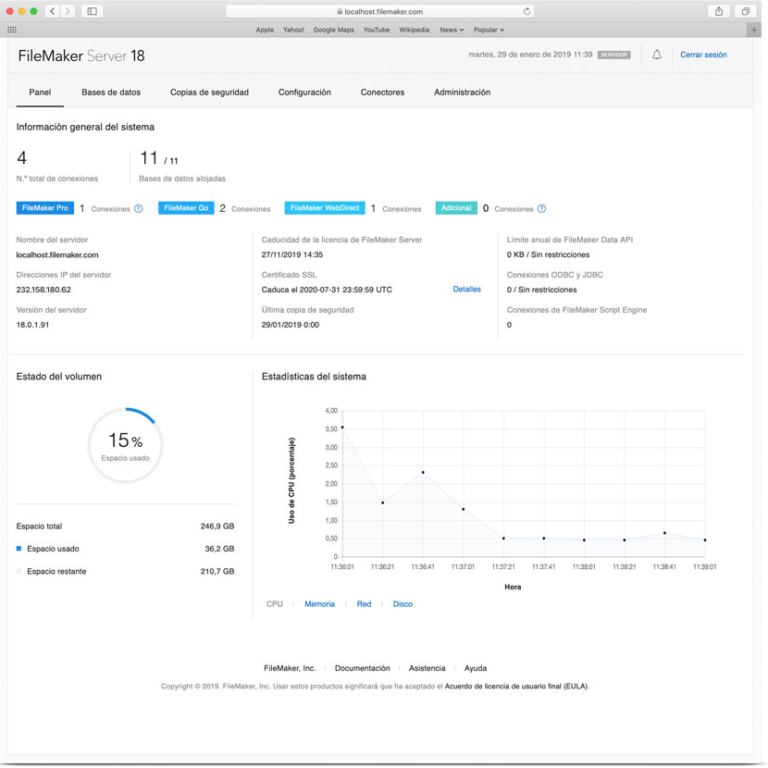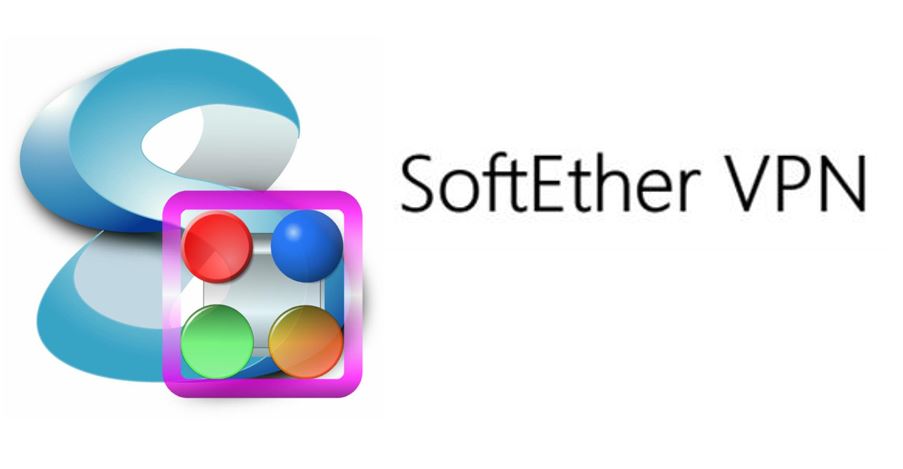

This allows you to save a file with an “fmpsl” extension, a special type of file extension that FileMaker Pro knows how to open. To create a snapshot link, open the solution and go to File->Save/Send Records As->Snapshot Link… (Figure 2) Snapshot Links are a different kind of beast. Not shown in the screenshot: The Script Triggers are set to run a script “OnFirstWindowOpen”. It also shows how the file options have been specified for the opener file. Figure 1 shows what this might look like. We can improve the opener file by creating a nice looking layout that provides the user with some feedback e.g. To configure an existing opener file to use with a different solution, you can create a copy of it and change the External Data Source in the file to point to the different solution.

The remote file can be managed in External Data Sources in the opener file. It can be made to do a little more than just that, like going to a layout, resizing windows, etc., but these two steps are the most important. These files can be simple, with a script that runs when the file is opened and that looks like this: This technique uses a FileMaker file that basically does one thing - open your main solution. A user can open a file that resides locally on their machine which then opens your remotely-hosted file, acting as a shortcut to your app. While there is a range of techniques for opening FileMaker apps in different ways and on different platforms and versions, this post focuses on two techniques specific to FileMaker Pro on either Windows or Mac OS. However, there are scenarios where you want more options to get into your solutions. With the introduction of the Launch Center, end users have a nice interface for getting to their favorite FileMaker-built apps. Recent versions of FileMaker have made tremendous strides in making it easy to launch your solutions.


 0 kommentar(er)
0 kommentar(er)
